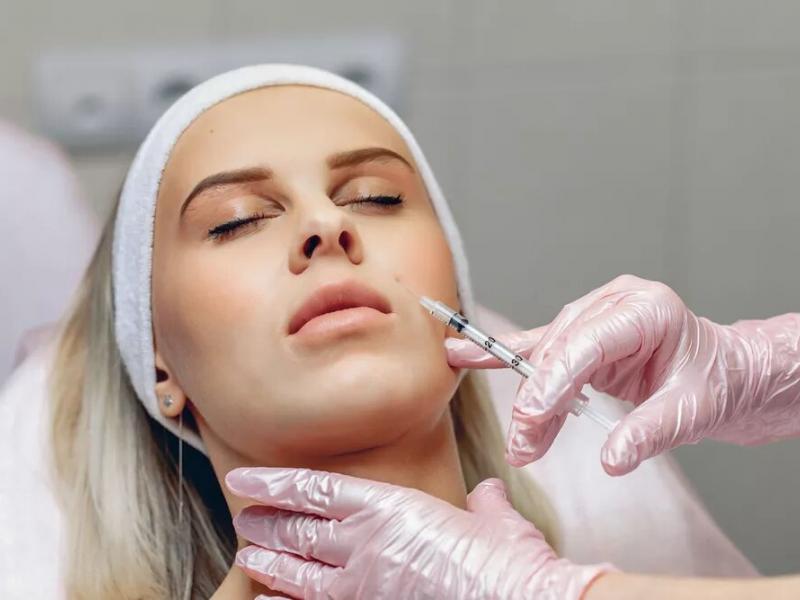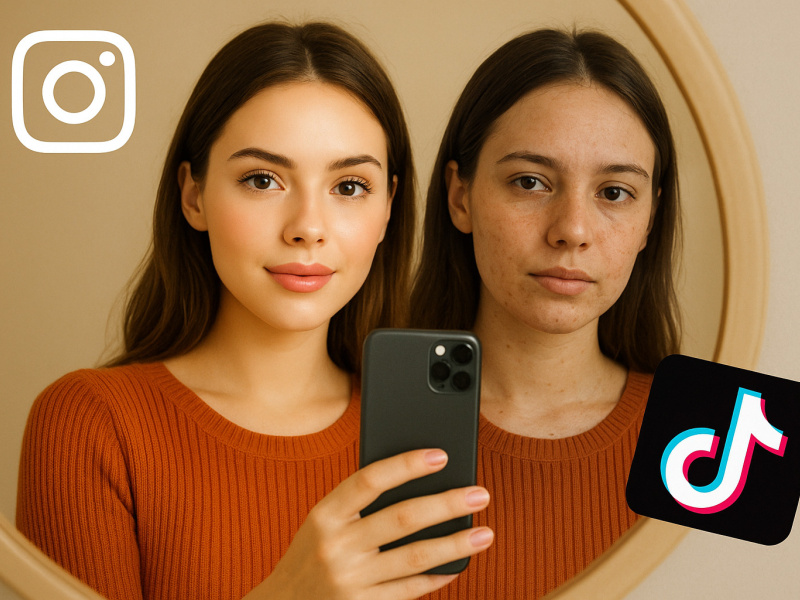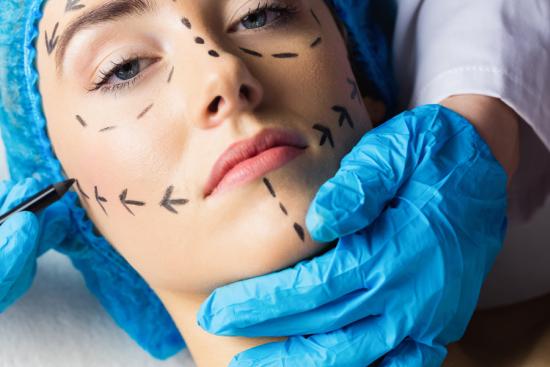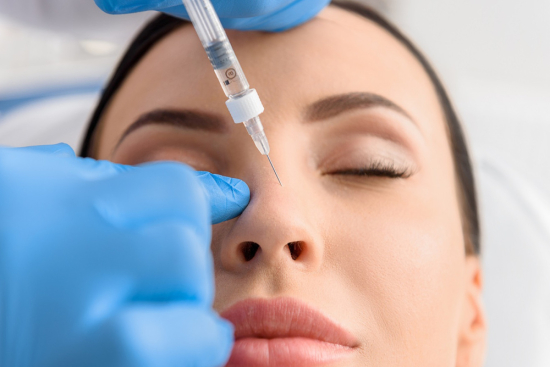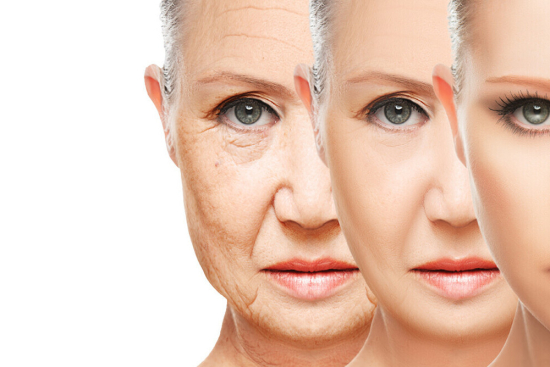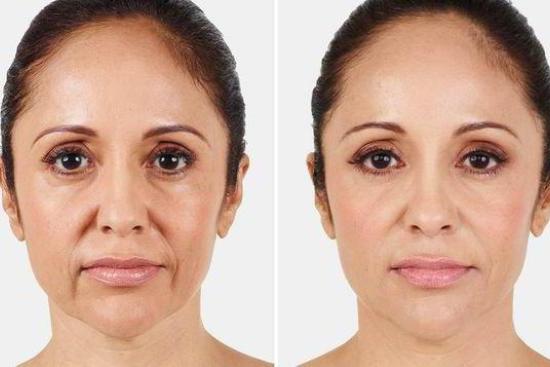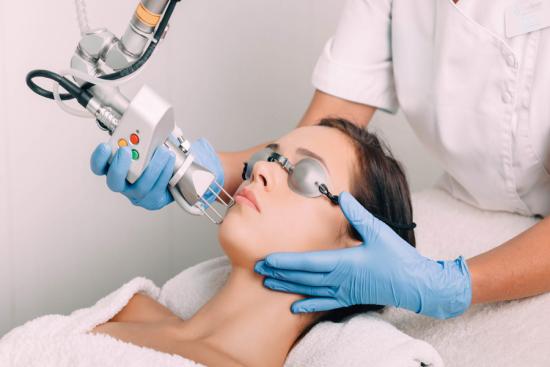The first "alarm bell" of aging is observed in the face, which manifests itself in a progressive loss of tone and volume in the soft tissues, such as the cheeks. So how do you choose the most effective solution without resorting to a surgical facelift?
Fortunately, there are aesthetic treatments that can help restore lost volume, such as fillers and lipofilling (fat injection).
What are fillers?
A filler is a substance (which can be injected into the dermis or subcutaneous tissue) used to correct and enhance facial skin imperfections, such as wrinkles or scars, and to restore lost volume.
Fillers are dermal substances that are injected into the skin in the form of a gel made from bioresorbable, permanent, or non-biodegradable substances.
These substances can provide aesthetic improvements in a less invasive and less costly manner than a surgical facelift.
Types of fillers
There are three different types of dermal fillers:
Resorbable or biodegradable fillers
These are substances that are gradually metabolized (hyaluronic acid, collagen, L-polylactic acid). On the other hand, they are completely reabsorbed by the skin, with an effect that varies from 3 to 10 months.
Semi-permanent or semi-synthetic fillers
Semi-permanent fillers (calcium hydroxylapatite) are substances that can be injected into the subcutaneous tissue as well as into the deep dermis.
They are particularly useful for increasing the volume of the lips, chin, and cheekbones, as well as masking the deep skin depressions typical of aging.
Permanent or Synthetic Fillers
Permanent, synthetic, or unabsorbable fillers (polyacrylamide gel, prosthetic/injectable silicone) are special substances that cannot be metabolized by the body.
These permanent fillers remain in the subcutaneous tissue or dermis. They are indicated to correct depressions and wrinkles in the skin that are much deeper than simple expression lines.
The advantages of fillers
The advantages of fillers are:
- No recovery time for injection of resorbable products.
- Biodegradable fillers are well tolerated by the skin and provide a very natural effect.
- Immediate results.
- Duration of results: Fillers can last from a few months to more than a year, depending on the product used and the area treated. For example, the effects of semi-permanent fillers can last three years or more.
- Fast and minimally invasive procedure (performed in minutes and does not require general anesthesia).
- Permanent fillers can be removed if the aesthetic effect is not desired.
- Volumizing, hydrating, and rejuvenating aging skin.
Side Effects and Contraindications
Despite their many benefits, fillers can have side effects. In fact, after the treatment, the skin reacts with bruising and numbness, all benign symptoms, but which can cause some discomfort for a few days, especially aesthetically.
As for contraindications, it is not recommended to undergo dermal filler injections:
- During pregnancy and lactation.
- In case of infection (e.g. herpes).
- Autoimmune skin diseases.
Facial Lipofilling: What is it?
Facial lipofilling is an aesthetic procedure that aims to reshape parts of the face that have lost volume and tone through the injection of autologous fat.
The facial lipofilling procedure consists of removing fat from various areas of the body (hips, thighs, abdomen, buttocks, etc.). The removed fat is then processed and purified in a special centrifuge. Finally, it is reintroduced through a very fine cannula into the empty areas of the face (for example, in or around the eyes) to restore structure and definition to the facial features.
Pros & Cons of Facial Lipofilling
Like any medical procedure, facial lipofilling has its pros and cons, which we will discuss below.
Advantages of Facial Lipofilling:
- Natural appearance: Because it uses the patient's own fat cells, the results are more natural and longer lasting than other cosmetic procedures.
- Correction of wrinkles, fine lines, dark circles, scars, flat cheekbones, and loss of lip volume.
- Long-lasting results because the injected fat cells become an integral part of the patient's face.
- Fewer allergic reactions or other complications because no synthetic products or foreign substances are used.
Disadvantages of facial lipofilling include:
- Pain and swelling in the face for several days after the procedure
- Risk of infection, bleeding, or allergic reaction
- Variability of results depending on the quality of the fat removed and the injection technique. Therefore, it is important to choose an experienced and qualified surgeon.
- The cost of lipofilling is higher than that of filler injections because it requires both surgery and a recovery period.
In summary, it is important to consult with a qualified cosmetic surgeon to determine the appropriate procedure for your case.

